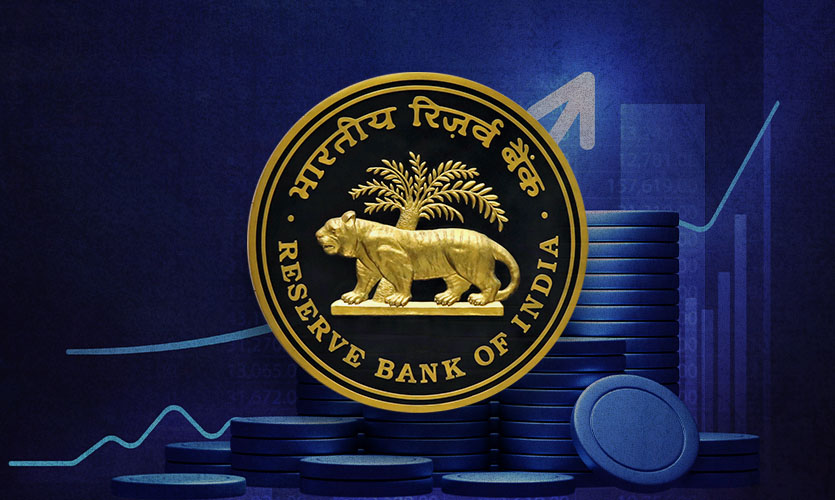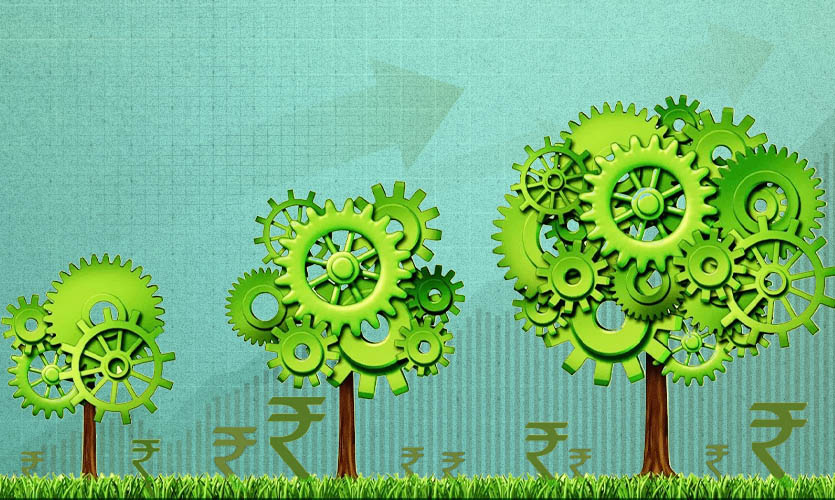According to the Centre for Monitoring Indian Economy (CMIE), India’s unemployment rate increased to a 16-month high of 8.3 percent in December, from a flat 8 percent in November.
In December, the urban unemployment rate rose to 10.09 percent from 8.96 percent the previous month, while the rural unemployment rate declined to 7.44 percent from 7.55 percent.
Mahesh Vyas, managing director of the CMIE, told the news agency Reuters that the unemployment rate rise was not as severe as it may seem, as it came on top of a healthy increase in the labour participation rate, which soared to 40.48 percent in December, the highest figure in 12 months.
“Most importantly, the employment rate has increased in December to 37.1 percent, which again is the highest since January 2022,” he said.
Reportedly, rural India added 4.3 million jobs in November, increasing the employment rate from 37 percent to 37.5 percent, while urban India’s employment rate increased from 34.2 percent to 34.4 percent.
The CMIE index of consumer sentiments fell by 0.2 percent in November as urban sentiment dropped by 1.5 percent, while rural sentiment increased by 0.5 percent. According to CMIE data, the ICS fell sharply by 11.4 percent in November 2022, after two months of robust growth, which coincided with major Indian festivals.
The consolidation of consumer sentiments in November rested upon an expectation that the economy will do well in the near and medium-term future. This is particularly true of rural India. Further, the index of current economic conditions (ICC) declined by 1.6 percent in November, with a rather sharp fall in urban India where it receded by 3.1 percent, while the contraction in rural ICC was more modest. According to the CMIE, rural India also holds out promise because the rabi crop sowing is progressing well. “Higher output along with the elevated prices for most agricultural produce bode well for the hinterlands,” it concluded.
The central administration of Prime Minister Narendra Modi is facing some difficult problems ahead of the national elections in 2024, hoping to manage rising inflation and generate jobs for millions of young people. In September, the Congress launched a five-month cross-country march from Kanyakumari in southern India to Srinagar in Jammu and Kashmir, to mobilise public opinion on issues such as high prices, unemployment, and what the grand old party claims is divisive politics by the Bharatiya Janata Party.
“India needs to move from a single focus on GDP growth to growth with employment, skilling of youth and creating production capacities with export prospects,” said Rahul Gandhi to reporters on Saturday. The Wayanad MP is heading the party’s 3,500 kms cross-country march on foot.
According to independent quarterly figures prepared by the government’s National Statistical Office (NSO) released in November, India’s unemployment rate fell to 7.2 percent in the July-September quarter, from 7.6 percent in the previous quarter. According to CMIE statistics, the unemployment rate in Haryana jumped to 37.4 percent in December, followed by 28.5 percent in Rajasthan and 20.8 percent in Delhi.
Read more: World Bank Warns India Of Heavy Job Losses, Drop In Survivability Amid Severe Heat Waves










